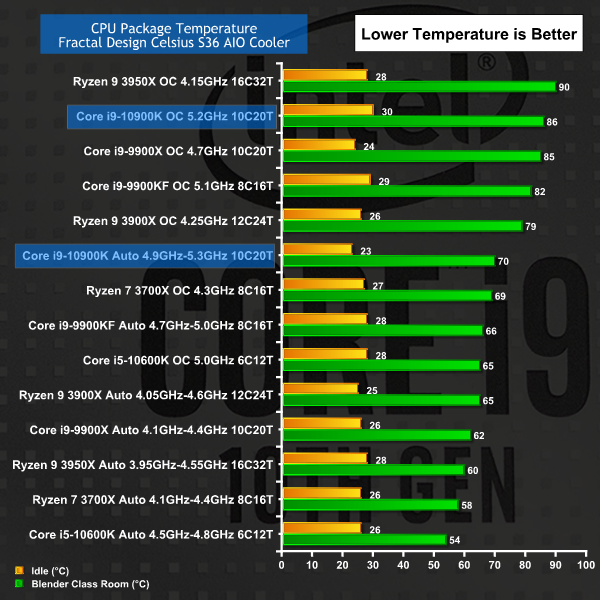Two points: One, I don't think Intel is holding back at all. It ran into technological issues with 10nm that seriously delayed everything. Basically, it tried to do lots of 'cool' stuff at 10nm that came back to haunt it.
Second, AMD didn't actually have to do jack squat in terms of 7nm, relatively speaking. That's all on TSMC. Ditching its fabs years ago and letting GlobalFoundries deal with that headache has proven to be a great long-term move. AMD doesn't control its fabs, but at the same time it's not beholden to them either.
I have to wonder when Intel will finally have to stop trying to control its own fabs so tightly. I mean, it's currently selling most of the CPUs it makes supposedly, but opening up its fabs to other companies has already happened to a limited extent. The current situation looks bad, however, with TSMC already having shipped 7nm a year ago for complex parts, while Intel is still only doing 10nm on smaller chips (presumably because yields still suck). If that trend continues, Samsung, TSMC, hell maybe even SMIC might pull more than a generation ahead of Intel on fabs.
And let's be real: Moore's Law is no longer in effect, scaling is becoming far more difficult, and in the coming decade or two we're going to be hitting a massive brick wall. Intel might be better off divesting of its fabs and going fabless before that happens, just like AMD did. Or maybe not. Still, hard to imagine Intel's stranglehold on CPUs continuing if something major doesn't change for the company in the next five years (maybe sooner).

 .
.



